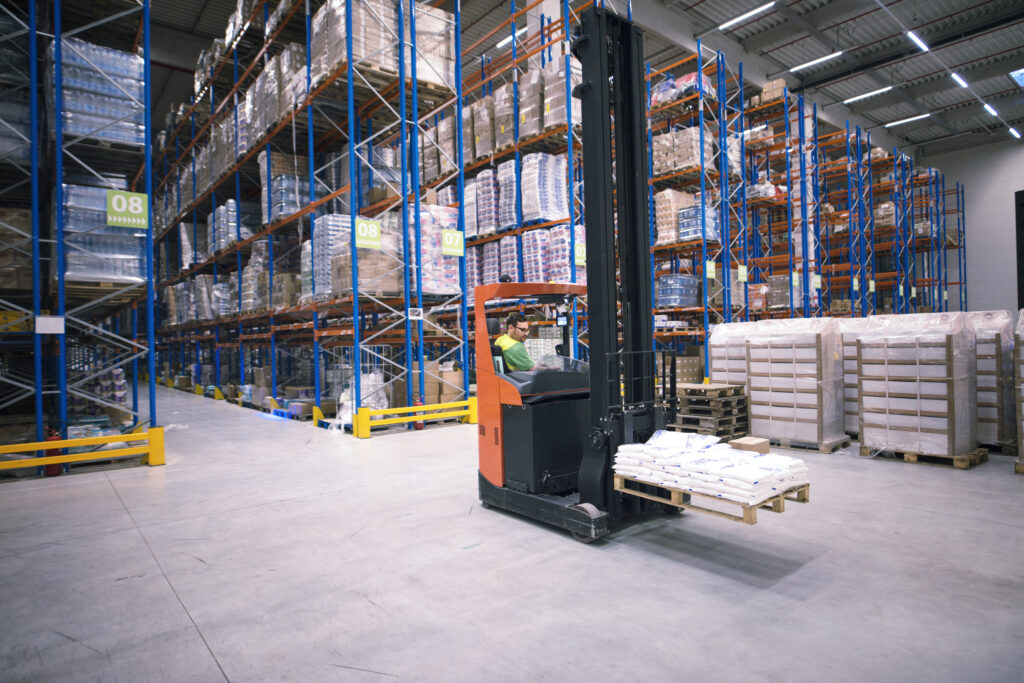The inbound process is one of the main functionalities of SAP EWM. Its smooth operation creates the basis for goods reaching the right storage bin in as little time as possible. However, the standard process flow is not suitable for most companies. In this article, you will learn how to adapt it to your needs with the deconsolidation process.

Recap: What is the Inbound Process?
Briefly put, the inbound process is the step in which the warehouse receives goods and puts them away, ensuring they are stored efficiently and accurately for future retrieval. Effective inbound processes help minimizing delays, reducing errors, and ensuring that inventory records are up to date.
It usually consists of five consecutive steps: purchase order, inbound delivery in the ERP, posting of goods receipt and, finally, the storage of the goods.
When do you need to implement a Deconsolidation Process?
Let’s assume that your company receives mixed handling units (HUs). Meaning, there are several types of goods in a single entity like a pallet or a container. To store all the goods at their assigned location, you need to implement a step that divides the mixed HUs into homogeneous ones.
This step is called deconsolidation process and is one of the main subprocesses within the inbound process of SAP EWM.
What is it used for?
1. Quality Inspection
If some of the products in a mixed HU require quality inspection and others don’t, deconsolidation is necessary to separate them. This ensures that only the required products go through the inspection process, maintaining efficiency.
2. Storage Bins with Different Deconsolidation Groups
If products from the same mixed HU are destined for different storage bins with different deconsolidation groups, the process is required to sort them appropriately. This allows for accurate storage and retrieval, preventing misplacement.
3. Different Activity Areas
If products are to be moved to different activity areas within the warehouse for different handling or processing activities, they need to be separated. This enables specialized handling procedures for each product type according to their processing requirements.
4. Exceeding Warehouse Tasks
If the number of warehouse tasks for an HU exceeds what was predefined in the warehouse system under “Define Attributes of Deconsolidation,” deconsolidation is triggered to manage these effectively. This helps in distributing the workload evenly and prevents bottlenecks in the warehouse operations.
What’s next?
In this article we have analyzed when it is necessary to integrate a deconsolidation process into the inbound process. So far so good. Nevertheless, consultants can face significant challenges when implementing the deconsolidation process. In the next article of this series, we will have a look at a real-life case our consultants have been working on recently and uncover, how they aligned the customer’s deconsolidation step with the putaway strategy based on Handling Unit Type Check.


